Must-See Stargazing Events of 2018
Albeit a few of these events have already taken place this year, there are many other upcoming stargazing events in 2018 that are worth a look:
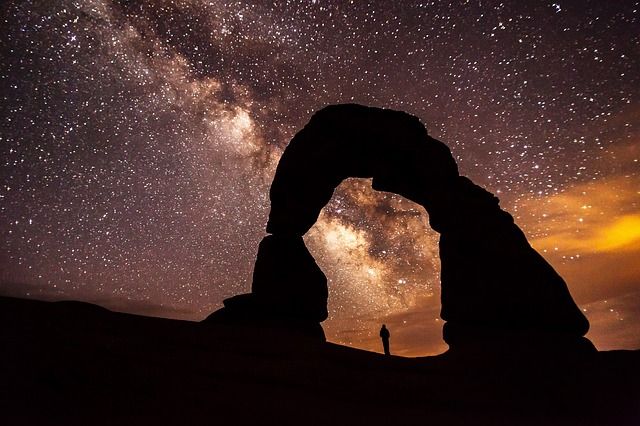
Albeit a few of these events have already taken place this year, there are many other upcoming stargazing events that are worth a look:
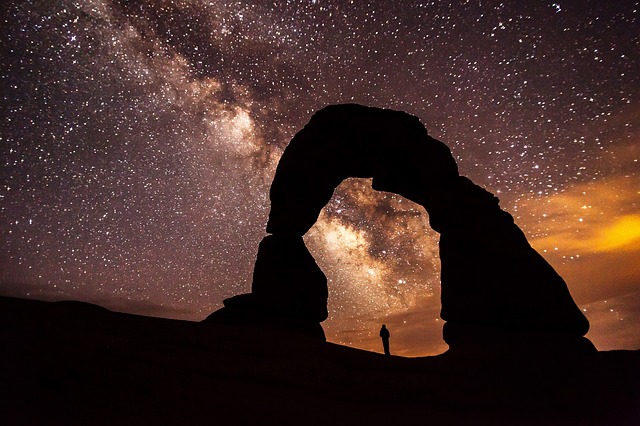
Sighting the Superior Planets
Wandering the outlying orbits of the Solar System, the superior planets Jupiter, Saturn, Uranus, and Neptune are among the most distant cosmic objects visible from Earth. Their clarity is determined by an astronomical principle called opposition.
In theory, the position of these outlying planets during its greatest opposition is angled at 180 degrees – hiding directly from the sun behind Earth.
Curiously, these four giants were named after the principal gods of the Greek mythology.
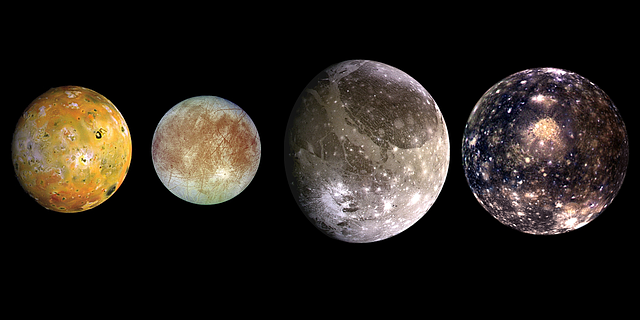
Jupiter (Zeus) occupies the highest echelon as king of the universe. Saturn (Chronos) bears the Roman variant of the dethroned Titan god of time. Uranus (Ouranos) was named after the oldest Titan god of skies. Neptune (Poseidon), Jupiter’s brother and celestial viceroy, ruled the seas. Their size, color, and orbital arrangement serve as a deliberate allusion to their mythological hierarchy.
2018 Schedule & Details:
The highest visual quality for each of these superior planets can only be witnessed once, and each of them will appear in separate calendar dates. Jupiter (and a good portion of its 69 moons with a well-rated telescope) is visible all night long on May 9. If you prefer to see Saturn and its prominent multi-colored rings, you may catch it glowing brightly in the night sky on June 27.
For Uranus and Neptune, you may catch them closing the distance to Earth respectively on October 23 and September 7.
Both of these planets can avoid detection from our unaided eyes and the use of telescope may require skillful night sky navigation. Take note: look for Venus to see Uranus, and look for Mars to see Neptune. Using interactive apps (e.g. Exoplanet) is very helpful for novices who struggle with getting the right bearings from traditional star charts.
Historical Background
While all of these superior planets bear the names of principal gods in Greek mythology, only two were actually christened in the same classical era. Due to their sheer enormity, both Jupiter and Saturn stood in the cosmic limelight as far back as prehistoric times. The invention of the telescope during the Late Middle Ages was crucial to the development of a more accurate observation.
Galileo Galilei, the father of modern astronomy, was the first to closely monitor Jupiter and Saturn through a telescope in 1610. Uranus and Neptune were previously mistaken as stars due to their comparatively slow movement. The earliest naked eye observation of Uranus by Hipparchus of Nicea (128 BC) persisted until it was seen and confirmed as a planet by William Herschel in 1781. Galileo also mistook Neptune as a star until confirmation as a planet was established in 1846 by Johann Galle and Urbain Le Verrier.
Venus Kisses Luna
The possibility of two astronomical objects appearing too close together is not a rare occurrence, but the chances of seeing them vividly with the naked eye are comparatively slimmer. In scientific terminology, this event is called a conjunction.
One of the best conjunctions being predicted by astronomers in 2018 is between the moon and planet Venus.
Curiously, both cosmic bodies also bear the Roman namesake of two Greek goddesses – Aphrodite (Venus) and Artemis (Luna).
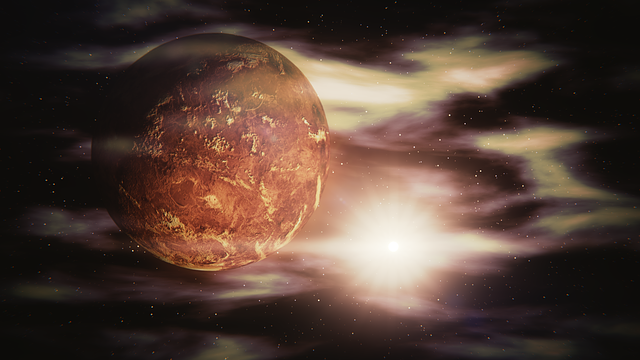
As far as the mythological narrative is concerned, both of these beautiful divine beings could never be more dissimilar. Luna is virginal and stubborn while Venus is morally adulterated and passionate. While Greek mythology may depict them as frequent rivals, 2018 seems to have succeeded in reconciling the feud between these Olympian cousins.
2018 Schedule & Details:
The forecast puts the most spectacular conjunction of the moon and Venus on July 15. Scheduled to appear in the southwestern sky during sunset, experts believe that North American stargazers are guaranteed to have the best view. An article published in the National Geographic news in December of 2017 featured a hypothetical imagery of this event, characterized by Luna’s waxing crescent and Venus’ radiant glow. These cosmic bodies share a distance of fewer than 1.6 degrees.
Historical Background
The last time the moon and Venus appeared close together was from February 16 to 18 of 2018. While both cousins have tried to square their issues roughly a month after the New Year, their efforts didn’t really seem to pan out. Several amateur astronomers have struggled to navigate both goddesses with a small telescope, even more so with the naked eye.
Big & Bright Red Planet
One of the most anticipated cosmic events in 2018 is the sight of a brighter and magnified disk shape of the neighboring planet Mars. Experts have narrowed their measurement of the Earth’s proximity to the red planet at around 35.8 million miles – roughly 150 times than the moon’s distance to our home world.
Named after the Greek god of war (Ares), this planet is one of the most popular cosmic bodies in the world.
Since man’s triumphant landing on the moon during the height of the Cold War, NASA considers Mars as its next historical milestone.
With the enormous technological obstacle ahead, the projected fulfillment of human colonization to Mars is due for 2030. For now, the special attention this neighboring red planet receives helps fuel the efforts of achieving that dream.
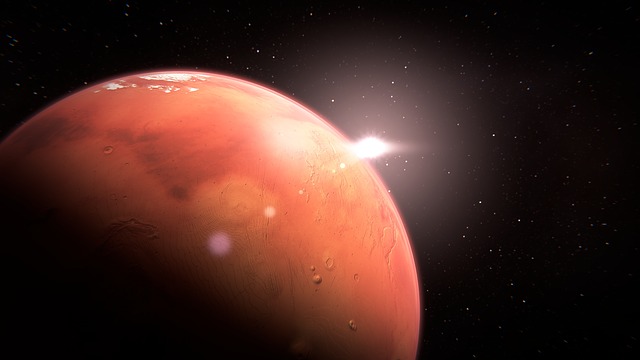
2018 Schedule & Details:
The magnified size of Mars will shine its brightest on July 27. Experts suggest looking at the southern skies. While viewing with the naked eye guarantees a pleasant sight, a small telescope will take you much closer to its surface – one that is characterized by white polar caps and dark volcanic plains. The red planet won’t be this apparent again until 2035 (hopefully in an age where humanity has already set foot on it).
Historical Background
The previous notable Martian opposition occurred on August 7, 2003. A recent article published by EarthSky.com provided a curious comparison between this year’s appearance and the one that transpired 15 years ago. As far as the numbers and projections go, this year’s arrival of the Greek war god proves to be more ‘vainglorious.’
Partial Solar Eclipse
The year 2018 will be plagued with shaded daylights twice in some parts of the world. Thankfully, it’s just a partial solar eclipse and a few hours in the morning would not be so dismal and cryptic as people would normally expect. This particular phenomenon is characterized by a glaring crescent-shaped sun, with the skies assuming either a crepuscular or twilight tone. Warning: looking directly at an eclipsed sun without visual filters can cause impaired vision (at best) or blindness (at worst)!
Throughout ancient history, no other cosmic event seems to instill fear than a solar eclipse.
The very notion of the sun’s disk being dismembered or engulfed by darkness is simply too bizarre for the primitive man to comprehend. While most ancient cultures understood the solar eclipse merely in superstitious terms, the Mayans that dominated southeastern Mexico and most of Central America have devised a calendar that accurately predicts its occurrence. In the 2006 epic film Apocalypto, the Mayans were depicted as a wicked empire that used their advanced knowledge of the solar eclipse as a means of systematically purging the weaker neighboring tribes.
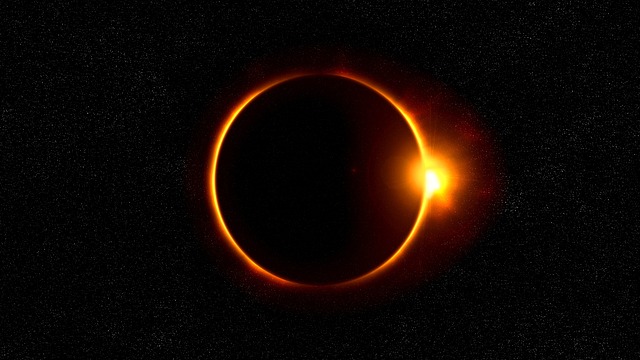
2018 Schedule & Details:
Unlike all the previously mentioned cosmic events, the solar eclipse will not be visible anywhere in the United States of America. On July 13, the eclipse shall cover the southern hemisphere, for which this phenomenon will be visible around the extreme southern areas of Australia, Antarctica, and the ocean between them.
On August 11, visibility of the eclipse will shift to the northern hemisphere. It can be observed in certain locations of Northeast Canada, Greenland, extreme Northern Europe (e.g. Norway), certain parts of East Asia, and Russia.
Historical Background
It is important to take note that this first partial solar eclipse in 2018 has already occurred in the southern hemisphere during the day after Valentine’s Day – February 15, 2018. This was observed at the southern edges of South America, Antarctica, and the Atlantic Ocean.
King of Meteor Showers
There are a total of 21 types of meteor showers registered by the International Astronomical Union – with a total of 8 yet to manifest the night skies of 2018.
But among all the names listed, none could be more globally exciting than the Geminids.
Every year, this meteor shower falls on the exact same dates in the month of December. It earned the nickname ‘King of Meteor Showers’ as it generates up to a total of 120 meteors per hour. Each of these cosmic projectiles races at 22 miles per second.
Named after the Gemini Constellation, this meteor shower supposedly appears to be most radiant around its namesake constellation. But in reality, only weather and light pollution can prove to be an obstacle to getting the best view in the night sky.
2018 Schedule & Details:
The Geminids will be at the peak of its visibility in the sky from the 13th night to the 14th dawn of December. In case of poor weather forecast during these two calendar dates, the Geminids can already begin to appear (with less meteor frequency) as early as December 4, with the last meteors fired across the sky on the 17th night.
Historical Background
The exact timeline that the Geminids were observed in ancient times could not be accurately verified, but the earliest conclusive reports marked its discovery in 1862 – courtesy of one astronomer from England (R.P. Greg) and two from the United States (B.V. Marsh and A.C. Twining). They were the first to pioneer more academic investigations in the 1870’s.
As a stream of cosmic wreckage passing through Earth’s upper atmosphere, most meteor showers were birthed by comets. What makes the Geminids particularly unique is that it originated from an asteroid known as 3200 Phaeton. This cosmic body was discovered in October of 1983 by the Infrared Astronomical Satellite. It was named after mythical chariot driver of Helios, the archaic Titan equivalent of the Olympian sun god Apollo.
Comet 46P/Wirtanen
Every year, serious astronomers are bound to identify more than one comet that looks closer to Earth visible through a telescope. However, the sight of a slow-traveling icy body visible through the unaided eye is not an annual phenomenon. Another reason to consider 2018 as a special year for stargazers and astronomers has a lot to do with the closest approach of the Comet 46P/Wirtanen passing outside Earth’s upper atmosphere.
Unlike the planets in the Solar System, comets do not orbit around the sun.

The 46P/Wirtanen is classified as a short-period comet that completes its cycle at an average of 5.4 years. Its revolution away from the sun (aphelion) does not wander beyond the Jupiter orbit. In 2018, its revolution towards the sun (perihelion) will pass its nearest trajectory over Earth at a distance of 7.1 million miles – merely 30 times the moon’s distance from our home world.
2018 Schedule & Details:
The Comet 46P/Wirtanen will appear closest to Earth on December 16. Its earliest perihelion is scheduled on December 12, predicted to pass by the Taurus Constellation. While it is possible to spot this comet through a telescope four days before its nearest approach, it is easier to spot this comet on the 16th with the naked eye. Considering that its visibility coincides with the latter Geminids window, you ought to get your bearings around the Pleiades and Hyades star clusters.
Historical Background
Named after the American astronomer Carl A. Wirtanen, this comet was discovered during an astrophotography stint at the Lick Observatory on July 15, 1948. Curiously, this comet was discovered by accident as confirmed two days after close examination of the image. After a year of further study, 46P/Wirtanen was identified as a short-term comet.
Initial speculations have considered 46P/Wirtanen as a potentially dangerous object that may hit Earth. Dr. Paul Chodas of NASA’s Near Earth Objects Program Office at the Jet Propulsion Laboratory developed a computer program that simulates precise orbital cycles of cosmic bodies (e.g. comets) between the dates 2000 and 2200. Fortunately, 46P/Wirtanen will not cause mankind’s doomsday for the next 182 years.
International Space Station
The International Space Station (ISS) is a habitable artificial satellite that serves as a microgravity and space environment research where astronauts conduct experiments in various related fields of sciences. Its full dimensions span a total of 239 feet in length, 356 feet in width and 66 feet in height – making it the largest man-made object hovering around Earth’s low orbit.
In effect, the sheer magnitude of its size makes it visible for anyone on Earth to see with the naked eye.
Around the Earth’s low orbit, the ISS can circumnavigate the globe approximately 15.54 times within the standard 24 hours. It hovers at an average 9.67 kilometers per second, reaching full circle around the globe in roughly 1 hour and 33 minutes.
2018 Schedule & Details:
Just like every year, it is possible to see the ISS in the skies every day, provided that the weather is clear. It is important to take note that this bright satellite will appear in the sky from 6,700 locations around the world. Within the United States alone, there are 4,599 sighting opportunities monitored by Mission Control at NASA’s Johnson Space Center (Houston, Texas). In order to determine which time of the day the ISS is vividly seen in your location, you may check the real-time forecast at their website Spot the Station.
Historical Background
The first ISS module (Zarya) was launched on November 20, 1998, followed by its first space shuttle (STS-88) and node component (Unity). The station remained uninhabited until November 2, 2000, when the first man-made expedition was initiated, sending three astronauts to man the ISS for roughly 137 days. The first successful launch, unmanned orbit, and staffed expedition paved the way for a series of improvements and ongoing space exploration activities.
Source: this article was originally written and published in April 26, 2018 on In5D
Note: This article is an excerpt from the original article which included a few more stargazing events that took place in the first four months of 2018.
